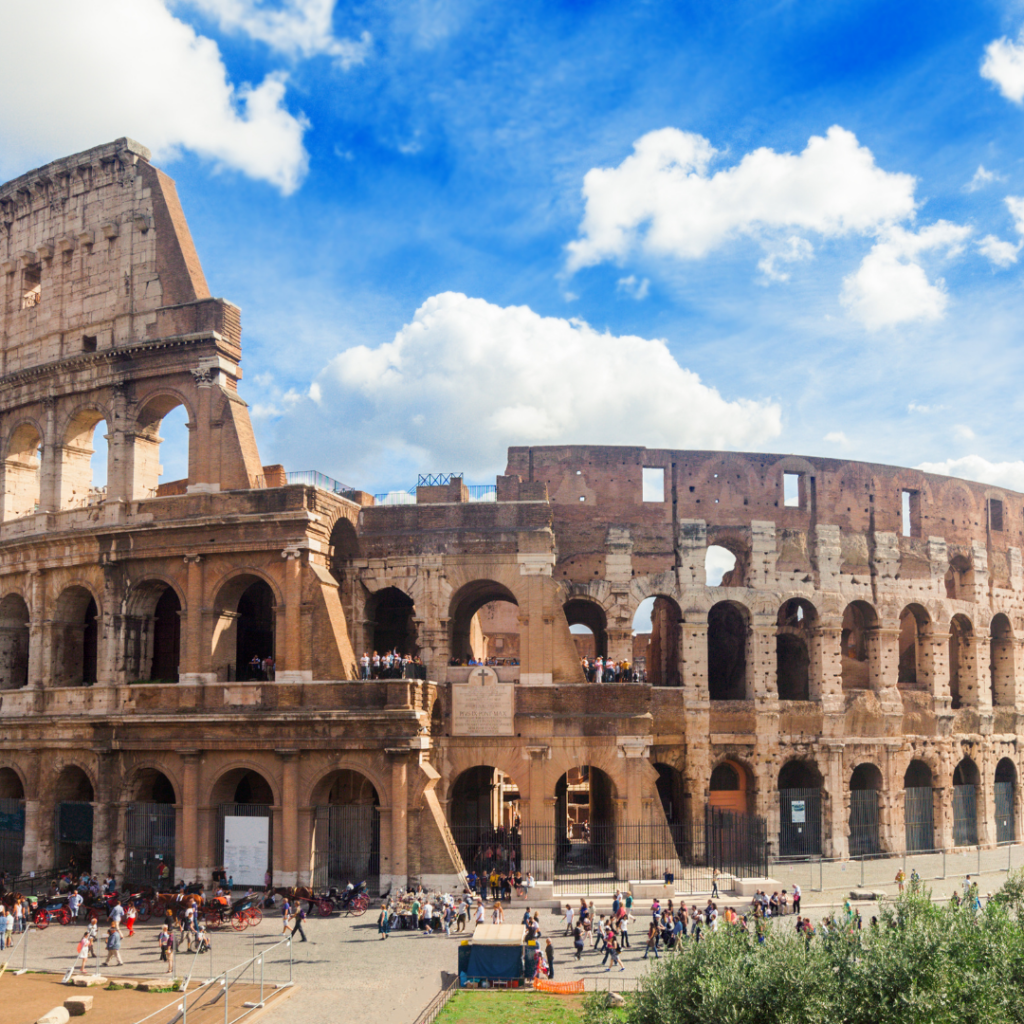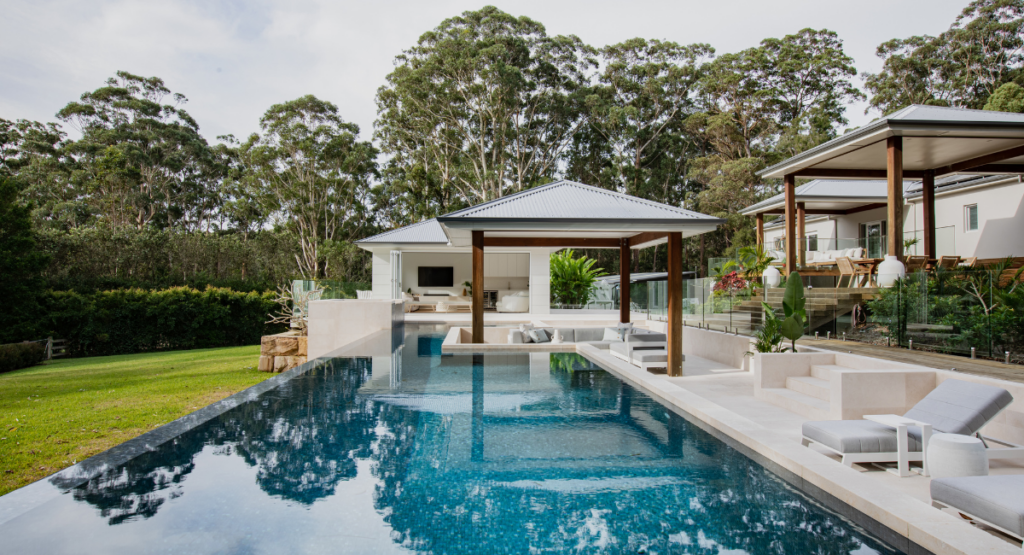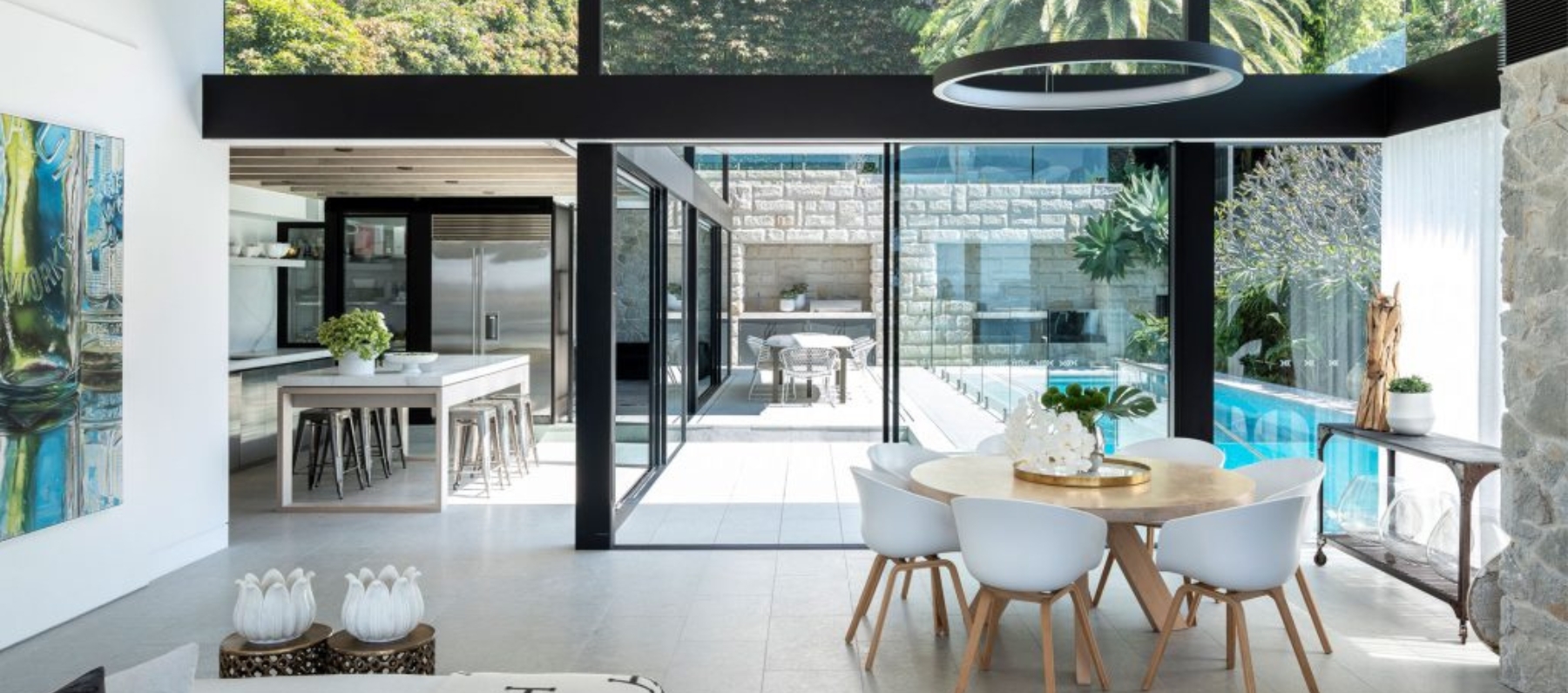What is Limestone?
Limestone is a sedimentary rock composed primarily of calcium carbonate. It is often formed from the accumulation of shells, coral, and other organic materials in shallow, warm marine environments. Limestone is widely used in construction, agriculture, and industry for a variety of purposes, including as a building material, as an ingredient in cement and lime, and as a soil conditioner.
Limestone is created through a process called sedimentation, where layers of sediment build up over time and are compacted and cemented into rock.
Where is Limestone mined?
Limestone is mined in various locations around the world, including the United States, Russia, Mexico, India, Spain, and Italy. It is also commonly mined in countries such as China, Greece, and Australia. The location of limestone mining depends on the availability of limestone deposits and local demand for the mineral.
How is Limestone mined?
Limestone is typically mined using either an underground or open-pit mining method.
Underground mining involves digging tunnels or shafts into the ground to reach the limestone deposit, while open-pit mining involves removing the soil and rock above the deposit using heavy machinery such as bulldozers and cranes.
Once the deposit is accessible, the limestone is removed using drilling and blasting techniques, followed by loading the rock into trucks and transporting it to a processing plant. At the plant, the limestone is crushed, sized and sorted into various products for use in construction and other industries.
The First Use of Limestone
The first building made of limestone is not known as records of ancient construction methods and materials are limited. However, it is widely believed that limestone was one of the earliest building materials used in the construction of structures and monuments. Some of the earliest examples of buildings made of limestone include the pyramids in Egypt and ancient Greek and Roman structures.



Constructing the pyramids involved moving huge quantities of stone. While most blocks came from nearby quarries, special stones were transported on great barges from distant locations, for instance white limestone from Tura and granite from Aswan.
The Roman Colosseum was built from an estimated 100,000 cubic meters of travertine stone, plus a similar measure of Roman cement, bricks, and tuff blocks. Travertine is a class of limestone that draws its name from Tibur (near modern-day Tivoli), where it was mined.
Notre-Dame Cathedral in Paris was built using Lutetian Limestone – the same type that was used to build the Chateau of Versailles. Most of the limestone quarries that were used to harvest the material for construction closed down in the 20th century when concrete took over as a primary building material.
Limestone Use in the 21st Century
Honed Limestone for Indoor Use
Limestone is suitable for indoor applications such as flooring, countertops, wall cladding, and fireplaces. It is durable and has a natural, warm appearance that can enhance the aesthetic of a room.
However, limestone is also a porous and soft material that can stain and scratch easily, so it may require regular maintenance and sealing.
- Polishing: Limestone can be polished to create a smooth, shiny surface with a reflective quality.
- Honing: Limestone can be honed to create a matte finish with a subtle texture.
- Tumbling: Limestone can be tumbled to create a smooth surface with a slightly textured appearance.
- Sealing: Limestone is often sealed to protect it from staining and damage caused by spills, moisture and other indoor pollutants.
- Acid washing: Limestone can be treated with an acid solution to remove surface impurities and bring out its natural color.
- Staining: Limestone can be treated with dyes or stains to change its color or enhance its natural color.

Alfresco Limestone for Outdoor Use
It is important to choose the right treatment based on the specific outdoor application and climate conditions to ensure the longevity and durability of the limestone.
For outdoor use, the following types of limestone are considered to be the best:
- Travertine: It is a durable, weather-resistant stone that is commonly used for outdoor patios, walkways, and pool decks.
- Tufa: It is a porous, lightweight limestone that is well-suited for use in rock gardens, water features, and fountains.
- Coquina: It is a dense, durable limestone that is often used for retaining walls, garden borders, and other landscaping applications.
- Fossiliferous Limestone: It is a type of limestone that contains fossils and is often used for ornamental purposes in outdoor landscaping.

